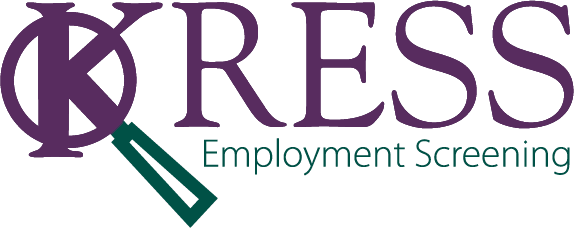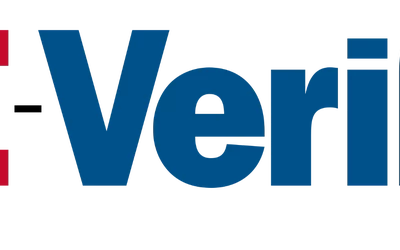LinkedIn is one of the most important resources you have when searching for a new job and attracting recruiters. In a world dominated by technology, crafting the perfect LinkedIn profile is just as important as having a striking resume. As HR professionals, we see many applicants who have great potential and experience, but their profiles fall short.
The bad news is there are several mistakes we see again and again. The good news? These mistakes can be easily remedied. Keep reading to find out if you’re guilty of one of these common LinkedIn mistakes:
- Not de-selecting the “notify your network” option. This is the setting that sends out little alerts to your connections each and every time you make an update to your profile. It’s best not to advertise that you have left your previous position, which will happen once you select the end date to your employment on your profile. You can deselect this option and turn it back on before updating your profile with your new job.
- Forgetting to review for grammatical errors. We see many profiles with typos here and there. They may seem small, but to potential employers, this will say that you lack attention to detail. If you can, have a friend proofread your profile.
- Lying on your profile. Your profile is just like a resume—references can be called to confirm information. You left after 10 months but stretched it to 12 on your profile? You added “Senior” in front of your title? These are automatic disqualifiers for employers. Tell the truth. It’s also important to make sure that dates, titles, and responsibilities match your resume. Differences between the two can also be seen as dishonest.
- Not including your contact information. If a user is outside of your network, they may not be able to contact you due to LinkedIn’s settings. Leave a business email address under the “Advice for Contacting” section. This small step will make recruiters more likely to contact you.
- Putting the most important information at the bottom. Your profile should be similar to a resume in that jobs should be listed in chronological order, but many job seekers forget about the order of their profiles. Your current position should be listed first. Other information, such as references, skills, articles you may have written, and awards should be weighted by how important they are to employers in your industry.
You are most likely making one or more of these mistakes, but they’re easy to fix. Set some time aside today to fix them, and find a friend who will review your profile.









